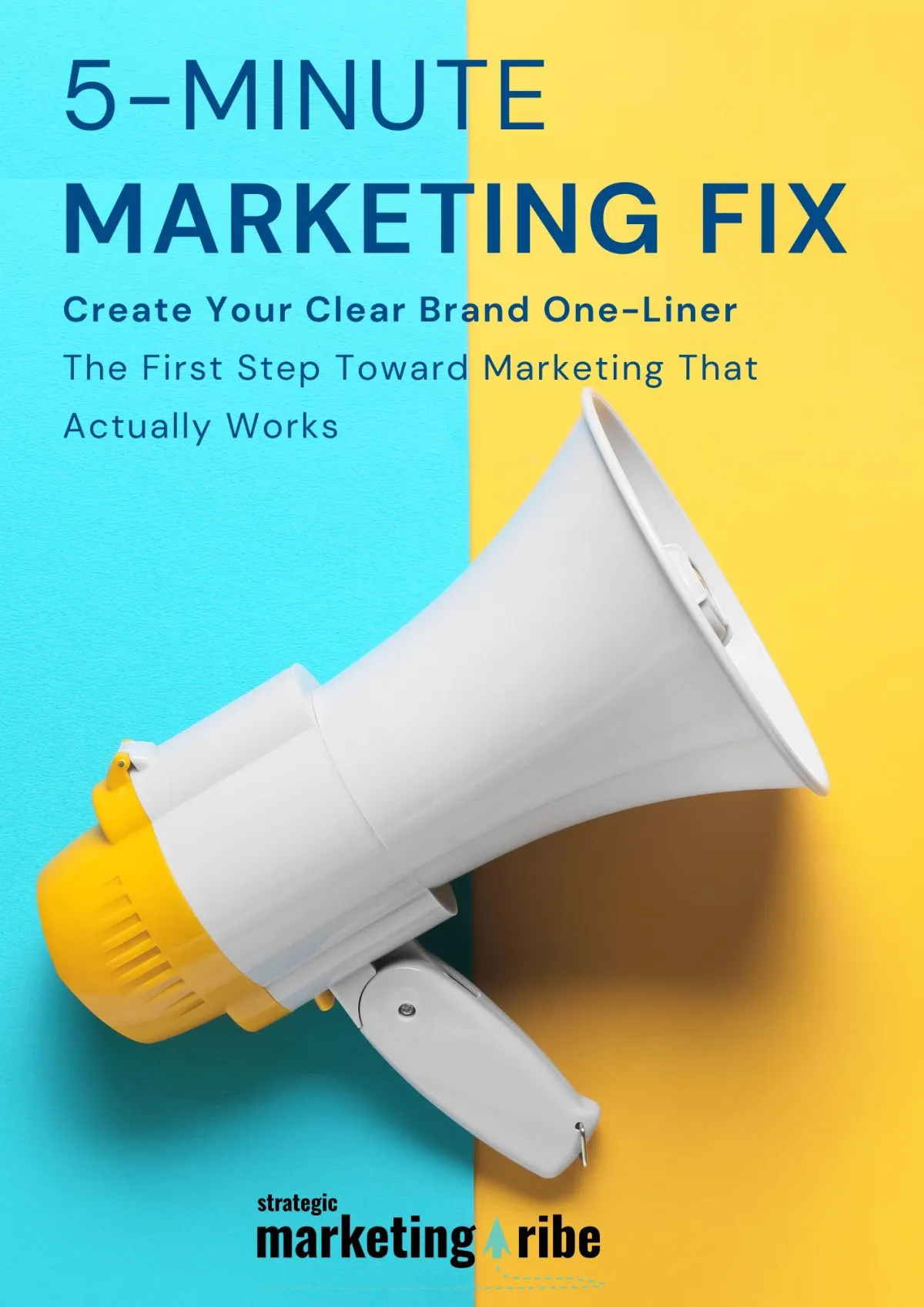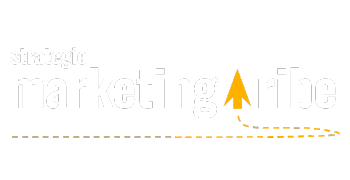STORY, MEET STRATEGY
Let’s make marketing feel less robotic and more real.
Find resources that bring your message—and your business—to life.

Tariffs Are Shaking Up Consumers—Here’s How Smart Brands Respond
By Vicky Sidler | Published 22 July 2025 at 12:00 GMT
You don’t need a PhD in economics to notice: people are tightening their belts again.
According to recent Gartner data shared with Marketing Dive, 70% of US consumers have made “significant” changes to their spending habits—and not in the “I’m finally canceling my gym membership” way.
We’re talking grocery downgrades, DIY dinners, smaller pack sizes, and a general vibe of “let’s not make any sudden moves.”
Welcome to Tariff Season: part trade war, part mood swing, part déjà vu.
TL;DR
70% of consumers are cutting back—even affluent ones are hesitating.
Shoppers are spooked by rising prices and supply uncertainty.
Brands need to double down on empathy, clarity, and trust.
Simple messages and transparent pricing beat complicated gimmicks.
Don’t reinvent your brand—reaffirm what already works.
Need help getting your message right? Download the 5-Minute Marketing Fix.
Why People Are Pulling Back (Again):
The economy’s in one of those “It’s complicated” phases. Trade deals are up in the air, and tariffs are quietly creeping in. That means price hikes, empty shelves, and flashbacks to 2008 or 2020—neither of which bring back fond memories.
According to Gartner’s recent insights, consumers aren’t panicking (yet), but they’re certainly adjusting. Think less steak, more spaghetti.
Even wealthier shoppers are leaning into cautious habits, paying off debt, and putting off travel and big buys. That’s not a spending freeze—but it is a chill in the air.
Empathy Is a Strategy—Not a Mood:
When people feel financially unstable, they don’t just want discounts—they want reassurance.
That doesn’t mean your small business needs to launch a “Tariff Assurance Program” like Hyundai did during the last recession (though, points for creativity).
What it does mean is:
Speak directly to your customers’ concerns
Reaffirm your values
Show stability, not desperation
If you’re a local brand with steady pricing, make that clear. If you’re absorbing costs instead of passing them on, say so. If you’ve got a long-standing reputation for quality, don’t get cute—lean into it.
Practical Transparency Beats Price War Posturing:
Consumers know tariffs aren’t your fault. But they still want to know what you’re doing about it.
Some smart small brands are adding short, clear updates to their product pages or FAQs.
For example:
“Due to recent tariffs, shipping costs may rise. We’re holding our prices steady until year-end to keep things simple.”
That’s it. Not dramatic, not political—just practical.
Others, like kitchen brand Lomi or swimwear label Triangl, are sharing how tariffs affect their operations and what they’re doing in response. You don’t have to write an essay. Just don’t ghost your customers while prices change.
Don’t Panic-Rebrand:
This is not the time to overhaul your mission statement or pivot your brand voice to “Wartime Warrior Monk.”
What works now is consistency. Remind people what you stand for. Stay calm. Stay visible. Keep showing up.
The brands that come out stronger after tough times aren’t the flashiest. They’re the ones that feel familiar, dependable, and human.
What Small Businesses Can Do (Without a War Chest):
As a StoryBrand Certified Guide and Duct Tape Marketing Strategist, here’s what I recommend for small businesses trying to stay relevant without burning out:
1. Get clear on your message.
People aren’t reading long-winded mission blurbs. Lead with a one-liner that tells them what you do, who it helps, and why it matters.
2. Show up consistently.
If people only hear from you during a promo push, they won’t trust you during rocky times. Post regularly. Email with value. Be present.
3. Use empathy as a filter.
Before sending anything, ask: “Would this help me feel better or just push me to buy?” Helpful wins. Pushy loses.
4. Stay lean. Stay steady.
You don’t need to overhaul your strategy. You just need to stick with what works, refine your message, and communicate clearly.
Clear Messaging Builds Trust—Even in Weird Times:
Consumers are overwhelmed. They’re not sure what prices will look like next month, let alone how to plan for holidays.
If your business can offer even a little bit of clarity in the fog, that’s a massive win.
Start with your message. The 5-Minute Marketing Fix helps you craft a simple, effective one-liner that builds trust fast—and it’s free.
Because when the market gets confusing, your message shouldn't.

Created with clarity (and coffee)






